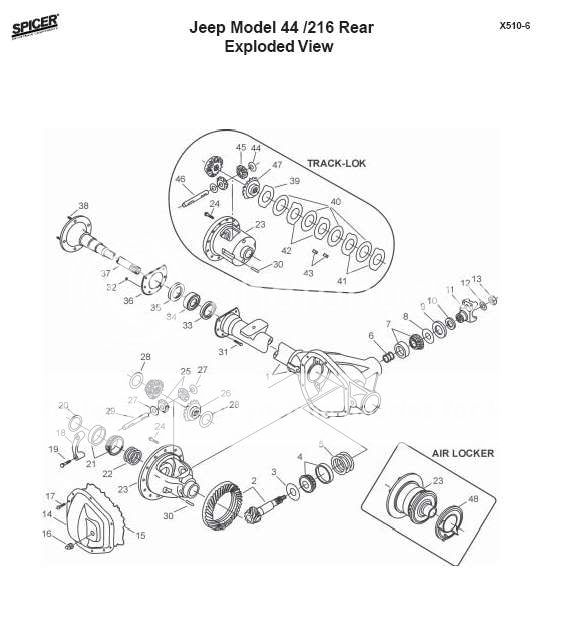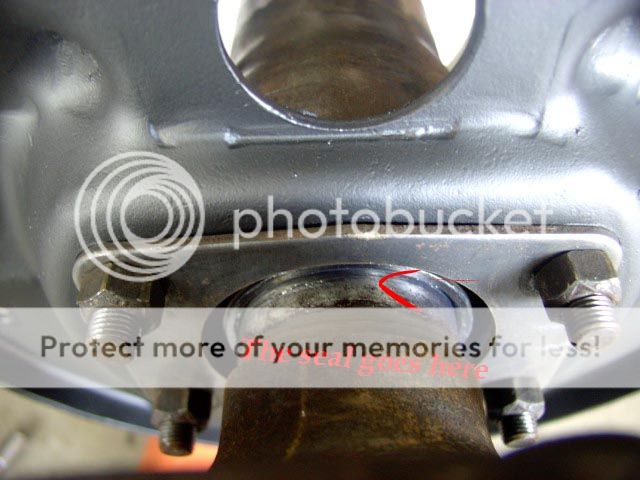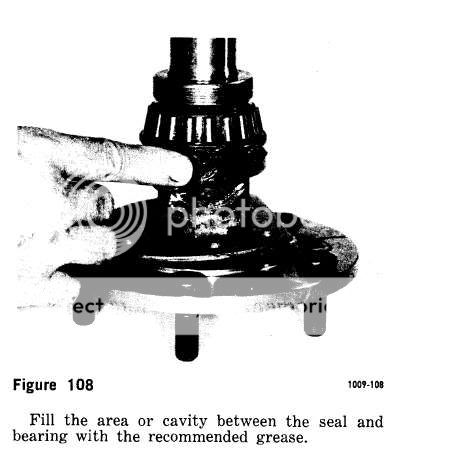- Location
- Hesperia, Kalifornia
I just swapped in some new Timken SET10 wheel bearings into my XJ D44 rear. When I tighten down the backing plate the axleshaft no longer turns easily.
The wheel bearing slides into the axleshaft fine, the seal is sticking out 1/4 of the way and the backing plate and retainer press onto that when tightened. It seems to make things tighter where the axleshaft no longer spins freely. It has a snug feel to it.
Is this normal? I already verified that I had the right axleshaft on the correct side. (Drivers side is shorter than pass side)
The wheel bearing slides into the axleshaft fine, the seal is sticking out 1/4 of the way and the backing plate and retainer press onto that when tightened. It seems to make things tighter where the axleshaft no longer spins freely. It has a snug feel to it.
Is this normal? I already verified that I had the right axleshaft on the correct side. (Drivers side is shorter than pass side)












